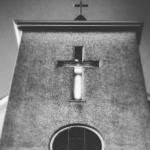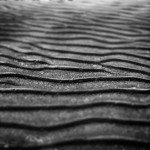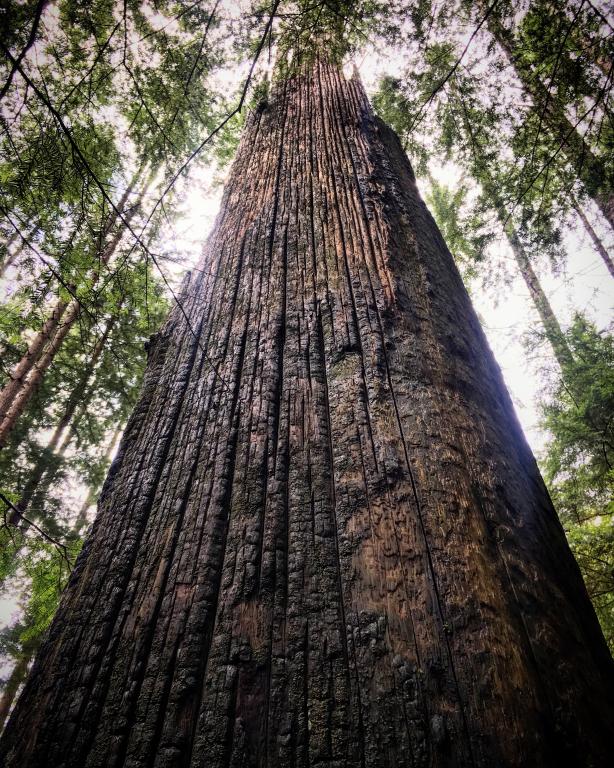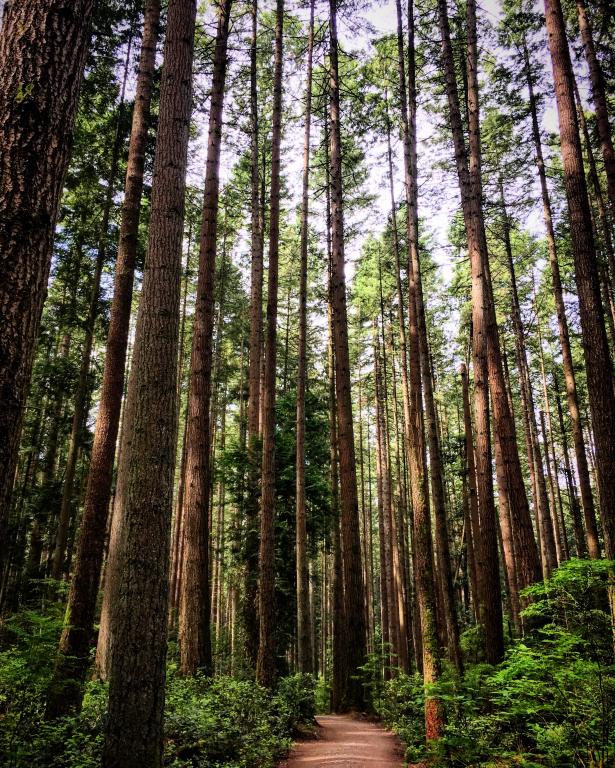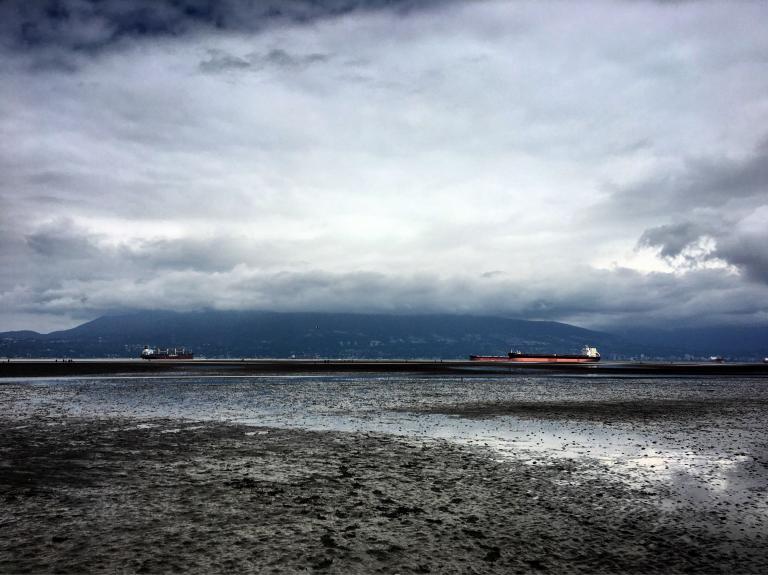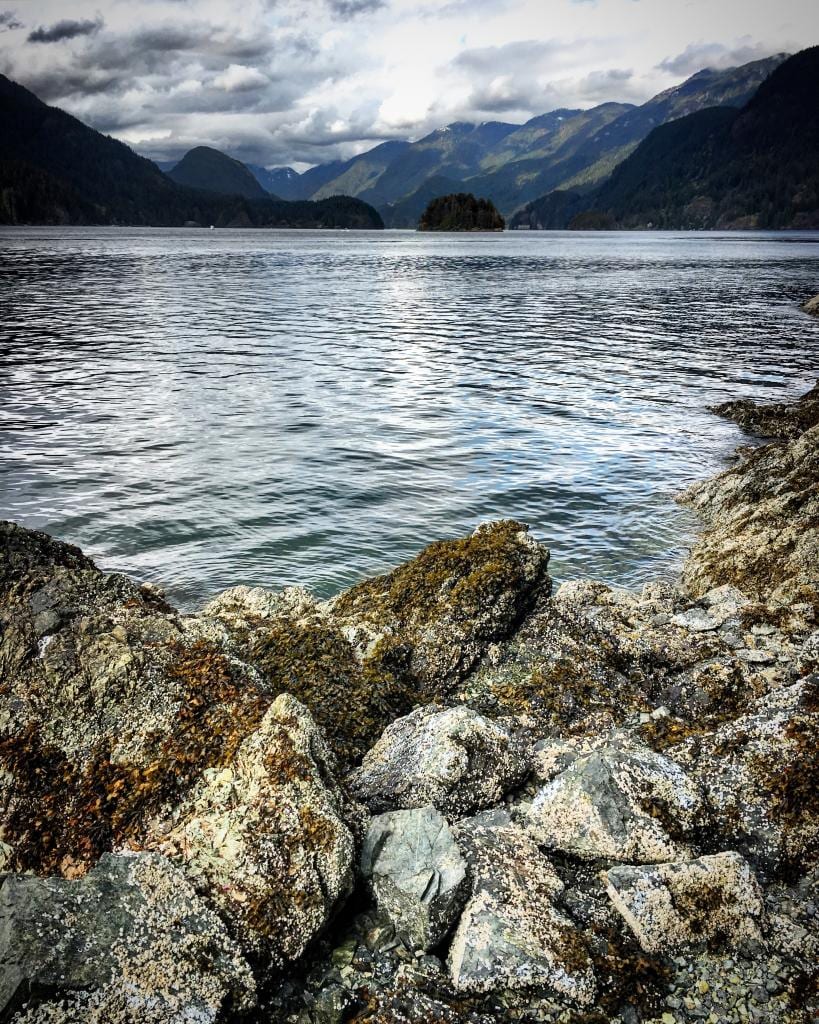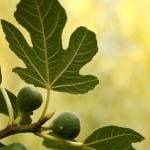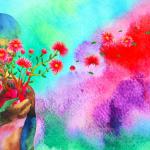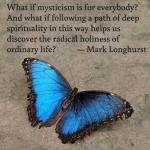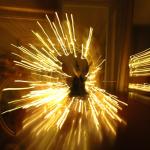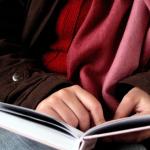This weekend I was privileged enough to attend the International Indigenous Leadership Gathering at the invitation of a friend who has attended for the last several years. I and several members of the Salish Sea Spiritual Ecology Alliance (SSSEA) headed up to Lillooet, British Columbia for what promised to be a weekend of inspiring speeches, authentic ceremony and my first ever sweat lodge ritual.
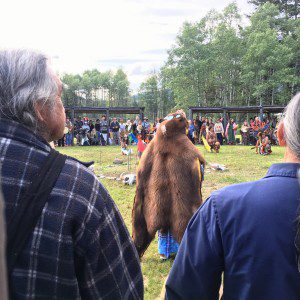
The gathering which is now in its 8th (and apparently final) year took place with the permission of the St’át’imc Chiefs’ Council on Xaxl’ip, or Fountain Indian Band, territory. The St’át’imc entered treaty negotiation with the Province in the mid-1990s but in 2001 withdrew over a rising hope for greater sovereignty among First Nations peoples. The area thus continues to be unceded territory to which the people retain traditional claims. The Coalition is also working aggressively to protect and restore critical habitat for salmon, deer and grizzly bears using a synthesis of Western ecological science and traditional science and knowledge.
This year’s gathering preceded the annual Sun Dance which is held near the Summer Solstice, and seven Sun Dancers were fasting in the mountains in preparation for the dance. Upon arrival the host was explicit: No photographs of the Sundance tree, no drugs or alcohol, attend all the ceremonies. The Sun Dance tree was a large (dead) aspen tree tied with dozens of colorful prayer flags surrounded by an improvised wooden arbor to mark the dancing grounds.
The Gathering’s ceremony space was made up of a similar arbor with a small altar in the middle. Marking the four direction were black, yellow, white and red flags symbolizing the four races of humanity as described within Native teachings. From Thursday afternoon to Saturday evening, I observed about a dozen speakers discuss local ecology, climate change, reconciliation efforts, the effects of colonialism on native peoples, and the broadening movement to reclaim First Nations’ traditional territories.
The speakers continually invoked the importance of the land as sacred. One speaker stated that his people’s history was not written in books but on the land. He pointed with pride to the nearby mountain where several generations of Sun Dancers had fasted. Another speaker encouraged people to pray outside, under trees, because with their branches extended, trees are always praying, and thus they teach us to pray. One speaker reminisced to the time when their people arrived in the area and the mountains, plants and animals began to speak to them. Not in a metaphorical way, but actually speaking to them with their bodies and lives.
Internationally renowned activist Chief Phil Lane Jr. presented his International Treaty to Protect and Restore Mother Earth which was read during the Paris Climate Change meetings on Earth Day of this year. Our reading took place before a beautiful pipe ceremony that included four pipes at each of the cardinal directions, and in which the entire audience was invited to participate.
As part of the proceedings, the community was hosting several sweat lodge ceremonies led by authorized guides. At first I was hesitant to participate because of reports that they can feel claustrophobic and overwhelming. I was also cautious as a white person of participating in the sacred ceremonies of Native people. But since we were invited to participate I decided to join. I attended an early morning sweat and arrived to find the lodge, a small makeshift timber frame with blankets and tarps over it, oriented toward the east where a sacred fire was kindled outside. We were instructed to walk in clockwise fashion both around the fire and once we entered the lodge. I was nervous as I entered the lodge with about 30 other people, some native and some non-Native, mostly white. We sat cross-legged in smart rows and waited for the attendants to close the door flap. The ceremony was divided into four parts with short breaks in between. Each of the four parts was guided by prayer, drumming and song. As the guide poured water onto the stones in the pitch black lodge, I began to feel the waves of humid heat settle over me and tinges of anxiety fleck my sides and neck. I began to see colors flashing in the darkness. Within a few minutes a woman who was feeling claustrophobic yelled out to be let out of the lodge. I tucked my head down and focused on my breath. I began to mouth the sounds of the Native chants that were being sung. Sweat dripped down my head, neck and back. I came close to leaving. But as we proceeded, and I continued to pray and focus on my body, the anxiety slowly dissipated and I relaxed into the rhythm of the lodge. At each of the four intervals, the attendant brought in more stones. With each load, the guide shouted, “grandfather coming in.” This protocol was repeated for each stone that entered the lodge, and in the second session, we invoked the ancestor spirits to join us in the lodge. Looking at the glowing rocks the literalness of this statement struck me. Stones are the bones of the earth from which we are made. They came before us, and will be here long after us.
We were told we sat inside the womb of Mother Earth, and that the ritual was a kind of rebirthing ritual set to the steady heartbeat of all of life made manifest through drumming. Though I could not understand the words of the chants, their aesthetic impact was sharp as a knife. As I understand it, the sweat lodge ceremony is often meant for healing, and this is no coincidence considering the deep historical and cultural traumas suffered by First Peoples. I did not feel like I had anything comparable to heal from but offered up my own uncertainties and my prayer that things would get better for native peoples all over the globe, whose lands are still under attack.
Sitting with my head between my legs, sweating into the dust and fir boughs that lined the ground, I thought of the ritual of baptism in which Christians become new persons in Christ. The sweat lodge felt like the ritual enactment of taking this power to be reborn upon ourselves and heal through engaging the body in a kind of ascetic test of endurance, combining both the rebirth by fire and water of which Jesus cryptically spoke.
Though I am not Native and do not plan on attending Native ceremony without an invitation, it was an honor to be able to participate in a gathering of this scope and authenticity. It certainly increased my appreciation for my own tradition.

